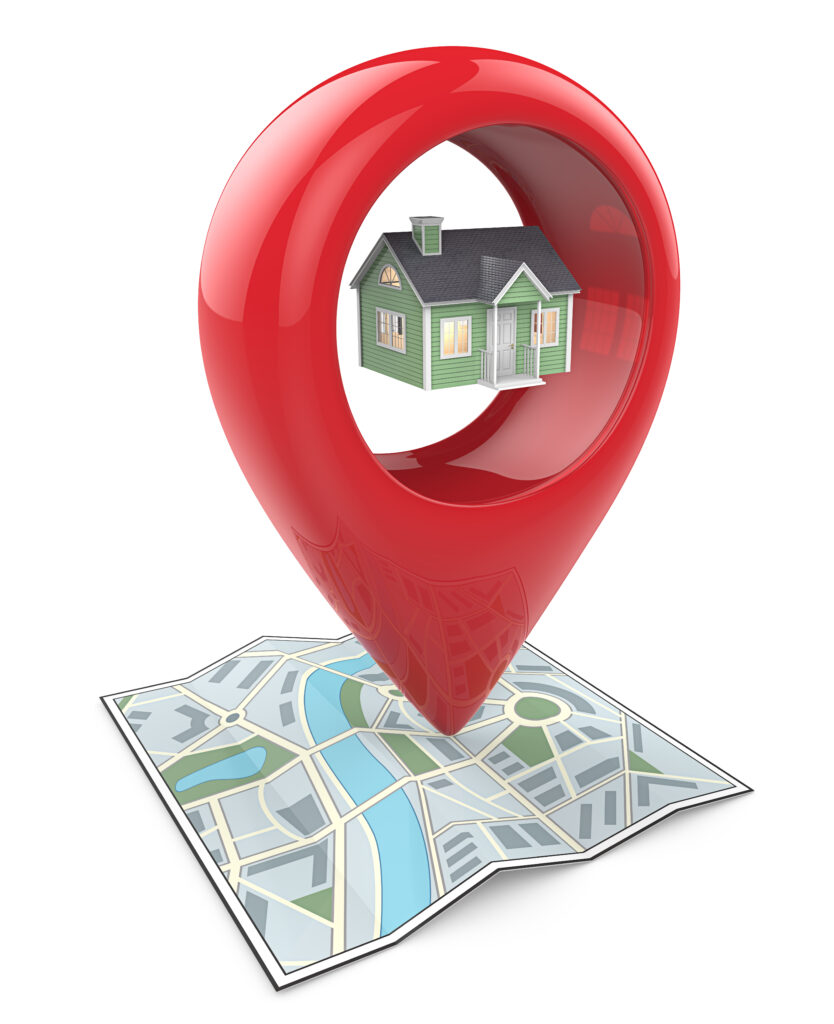Having accurate data is paramount to having accurate results you can trust. ODCGIS have the knowledge and expertise required to see each project through from commencement to delivery. Regardless of what data you require to be captured you can be assured that you will receive the best service possible with regular updates and agreed deadlines.
Below are just some of the more common areas where we capture mapping information.
The capture of Ground Maintenance (GM) data into a GIS enables the accurate calculation of the area and perimeter of all GM features, thus providing a total for each feature, along with subtotals for each site / estate / neighbourhood. ODCGIS undertake the capture of the GM data from digital sources supplemented with local knowledge or site visits. Following the capture, the data can be provided in GIS or PDF formats. The inclusion of PDF’s and Bill of Quantities created by this methodology have been used by several Housing Associations when tendering their Ground Maintenance. These HA’s have reported a saving, on average, of 15% on previous contracts.
Features that can be captured include the following:
Packages are designed to offer different levels of service and cover the capture of increasing amounts of site services.
These packages are flexible and will be discussed and agreed with yourselves to ensure they meet your exact requirements. For a no-obligation conversation and to find out more please click the button below.
In addition to the grounds maintenance information, many housing associations choose to have other information captured for their sites. Though of limited use when tendering for a grounds maintenance contractor, these ‘site service’ items can give a more complete view of what needs to be maintained for each site and can also affect the service charges for each property.
Features we have captured for housing associations include the following:
Artwork
Benches (timber, metal, concrete, etc)
Bin Stores
Bins (litter, recycling, dog, grit)
Bollards (concrete, metal, wooden, etc)
Car Parking Bays
CCTV
Cycle Racks
Drying Areas
Fences (timber, chain link, metal railings, etc)
Gates (timber, metal)
Handrails
Knee Rails (timber, metal)
Lights (Lamposts, Wall Lights, Bollard Lights, Floor Lights, etc)
Linear Drainage Channels
Other Structures (pumping stations, septic tanks, laundry rooms, scooter stores, sheds, biomass boilers, oil storage tanks, cycle shelters, etc)
Play Areas (including number of equipment)
Ramps
Sports Facilities (MUGA, Football Pitches, outdoor gym, etc)
Steps
Walls (Brick Wall, Stone Wall, Wall Combination, etc)
Water Features and Equipment associated with water features (standpipe, life ring, pump, fountain, play feature, etc)
T-Marks are a simple way to denote ownership of property boundaries. Generally they are found on old paper plans of property sales and so, if an enquiry is made, an officer will have to search through the paper plans to find the answer. Having the T-Marks digitised and loaded into GIS will save large amounts of time, allowing officers to quickly determine responsibility and resolve boundary disputes efficiently.

Capture of property points is a prerequisite for the majority of GIS tasks as well as for the capture of grounds maintenance data. Analysis of the captured points against Land Registry polygons can identify errors in either set of data.
When the points have been captured each point will be attributed with the UPRN and / or Property ID of that feature. This will enable data from other systems / organisations, with the same Property ID or UPRN to be loaded into the GIS and then analysed spatially.
In the case Gulliksen v Pembrokeshire Council 2002 4 ALL ER 450 it was ruled that pathways that are used by the general public are the responsibility of the Highway Authority regardless of whether they are on land that has been transferred to a Housing Association. One Housing Association has successfully used this to pass the maintenance of these pathways back to the council benefitting in a saving of £150,000 per year. ODCGIS capture these pathways to facilitate this transfer.
Digital sources are always out of date to some extent and for very new developments one or more of the sources may be behind in the real world. The Ordnance Survey release updates to MasterMap Topography every 6 weeks, but it can take several months for new developments to be included. OS and Google Aerial photography are subject to weather conditions and are only usually updated annually. Google StreetView varies considerably depending on when the area was last surveyed.
To minimise the impact of this issue, ODCGIS have developed processes to enable the capture of the data to a suitable standard which includes the use of existing Development Plans.
Where the OS MasterMap Topography is incomplete or out of date, ODCGIS operators create a white mask over the area and capture temporary features. If plans are available (either GM or Architects) these will be georeferenced to facilitate the capture, or a site visit will be required to measure and photograph the area
Using a list of addresses along with Mastermap Topography ODCGIS can easily capture the extents of your organisations properties. Creation of BLPU polygons in this way has wide-ranging benefits for a housing association or local authority particularly in the following departments:
Identifying properties that are best suited for a PV installation can be a time consuming and costly exercise. Using Aerial Photography ODCGIS can provide an analysis that enables the properties that are ideal for PV deployment to be identified.
You don’t need to be a data capture specialist or a GIS expert, leave that to us and if a solution is to be found, ODCGIS are dedicated to finding one that is right for you, your data and your budget.
Responsibility for roadside grass verges can vary between the Highways Authority, local Council and housing association with a loose agreement as to who maintains them. Having these areas captured along with other open spaces identifies clearly who has responsibility making it easier to resolve questions from the public as well as reaching a fair rate for maintaining them.